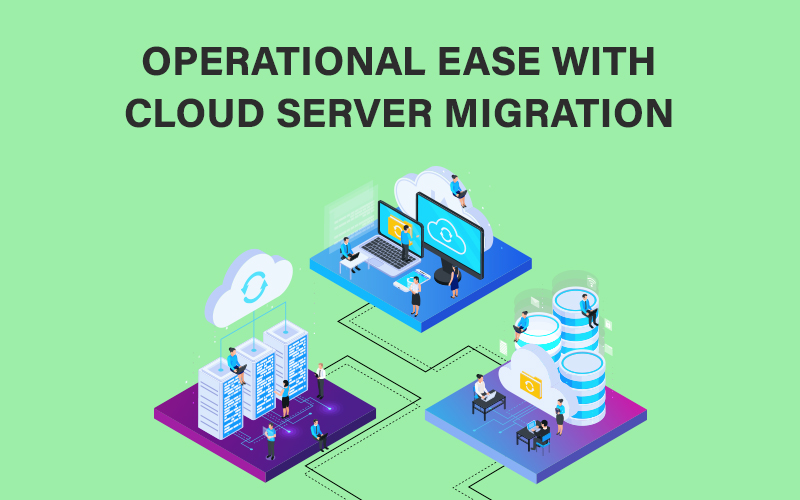Preparation for server migration can be a cumbersome task for all small and big companies. They can integrate their software with other applications and automate many backend office functions like HR, product planning, sales, and marketing into a single interface. However, the process also involves significantly more risk because of how many business-critical functions it contains. Because of the massive complexity, integral nature, and a significant investment of server migration services, many large companies don’t migrate off of the platforms and systems they have installed for years. However, rapid changes in technology can raise the need to introduce new features, and you need to make sure the new platform has all the same functions as the existing one.
Bringing All Operations Together with Migration
Success in server migration requires long-term commitment and planning with the new system running with global operations intact, and the internal team managing the system is up to speed. Everything from an app, IT infrastructure, Cloud, operating systems, content management systems can migrate from one place to another. Here are some reasons why it’s a good idea to migrate:
Consolidated Processes
Migrations improve efficiency or bring all applications from a legacy system into a current one. Often, organizations want to virtualize their software, meaning to disassociate it with operating systems and host the programs in separate environments for sandboxing at runtime. Database migration involves moving from one type of database to another while maintaining other parts of your setup, like its software and operating system.
It could be changing the physical location of data, the type or provider of a database, or the format of the data. It often involves converting all data into a commonly-understood, portable format before converting it again for its new location. It’s key to either write or license a program to process this migration. Migrations upgrade or replace existing servers and hard disks, to perform server maintenance, to relocate a data centre, or to consolidate all of a website’s assets into one physical location.
Higher Responses and Performance
The process of migration raises a significant challenge and questions related to application performance in the Cloud, response times, and the privacy laws around data in the Cloud. However challenging it may seem, options are available to make this process more comfortable and more efficient. By analyzing your internal processes and evaluating your business needs, cloud support services can help you determine the right level of integration.
You can also perform a test of how the new technology integrates into your business by migrating an application which is not vital to your business. Some tools help companies migrate their physical servers to any cloud stack. It takes a fraction of time to complete a physical-to-virtual conversion. It migrates servers into and between clouds “as-is” with the least amount of cost and complexity, eliminating the onboarding challenges for service providers and enterprise users.
Enhances Overall Consistency
Reducing downtime during migrations can be challenging, especially if you have a busy website. Before moving a server, you need to get an excellent strategy to keep downtime to a minimum. It is especially true if you are changing DNS. You need to make sure how quickly you can move the data, if there is any inconsistency between servers and the impact of DNS propagation on the website. Every application is different and picking the right downtime reduction plan will depend on your needs, budget and application.
Apart from reducing downtime, assuring consistent data between systems may be critical. And server migration helps you identify if there is such consistency between the servers, or if there is a lack of synchronization. Consider the additional downtime required for re-synchronizing any data. It also helps you identify strategies and tools to help compare data on the two servers. Having all of your data consistency checks planned assures that when you flip the switch to point DNS to your new server, your data is consistent and ready to go.
Winding Up
Before moving your web server, you need to plan where you want to move it. Take the opportunity to review your hosting requirements. It is just as easy to run a dedicated server between companies as within a company. When you move your server, you will want to get the new server sized correctly. When planning a migration, consider how much downtime you can afford. Look at it from a loss of revenue or cost to your business. If you have not moved a server before, you may find it challenging to know of all of the issues you face.
This is where experience pays off. WeCode is a leading server migration and management company that can help you plan appropriately, so the entire job goes smoothly. Our expert developers can analyze and identify what quirks your particular migration may encounter and be ready to fix them. Getting help moving your server could actually save you time and money. Server migrations are tricky, but you certainly benefit from having experience.


